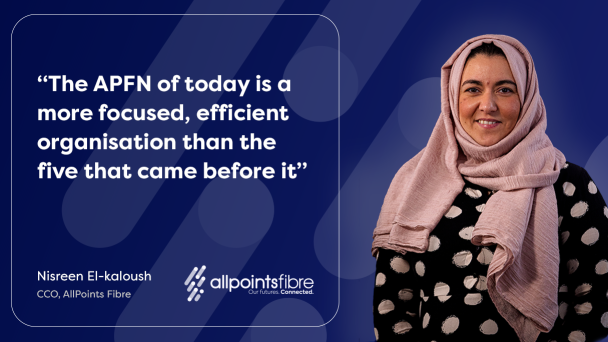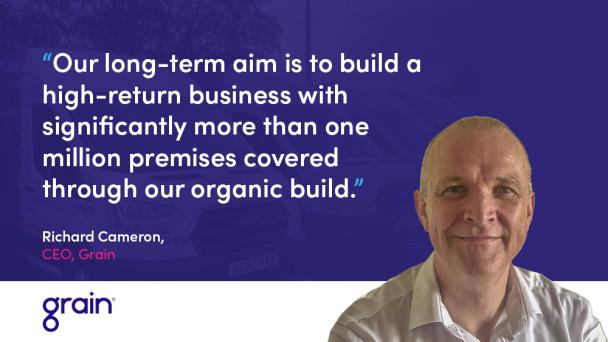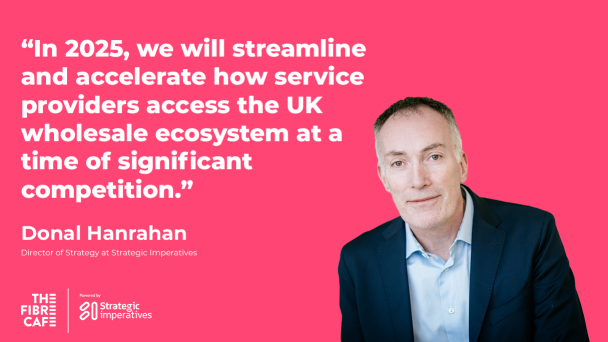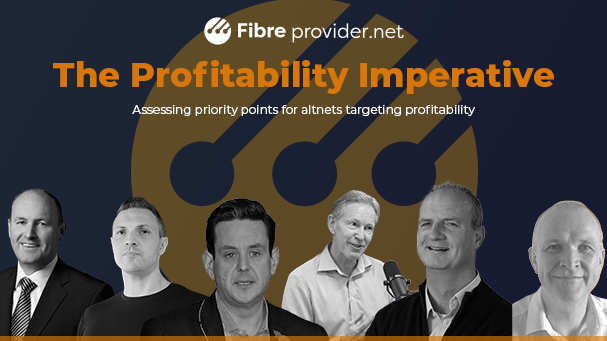
Having spent 2021 in preparation mode, Digital Infrastructure is ready to weather the ‘perfect storm’ presented to fibre providers and scale at pace during 2022.
CEO Charlie Ruddy told Fibre Provider: “We received code powers in January 2021 and have worked hard in year one of our mobilisation. We’re effectively a start up, so preparing the springboard that we will launch from in 2022 has taken time, planning and focus.
“We spent the first year scaling the organisation and laying the foundations to recruit key personnel into what would become our ISP, BeFibre. On this front we have enjoyed some very early successes, most notably delivering 40,000 of units in 2021, and this means we’re on track to connect 202,000 homes in 2022. Our goal is to build a full-fibre network to one million premises by 2027, which equates to roughly 3% of the available market in the UK.”
The altnet ended 2021 by announcing its initial funding tranche of £100m from Basalt Infrastructure Partners, which will drive much of this year’s scaling activity.
“Our priority for 2022 is to build the capability to meet the needs of our ambitions. This means looking outside of the UK and going to different sectors to find the required skilled resources we need. We are looking to onboard circa 350 people by the end of 2022,” he said.
“We will also be working hard developing a network, securing customers, protecting our assets and working with strategic partners to cross-sell crucial opportunities. This will be achieved via continual optimisation of process through our discovery journey and lessons learned and a laser-beam focus on collaborative relationships with all stakeholders.”
Ruddy acknowledges that this process will not be smooth sailing and details some of the challenges that may lead Digital Infrastructure and other altnets into troubled waters.
He said: “The government has set an incredibly challenging and ambitious target and there are factors still in play which are limiting progression. My own view is that full-fibre accessibility will still be under 90% in 2025 as the more challenging areas to connect, will always prove difficult to facilitate.
“We’ve created a perfect storm with the most limiting factor being access to talent. The Covid pandemic has also placed some restrictions on being able to access some technologies which deliver broadband to homes – mainly micro-chip driven components.
“We are realists and understand the stars must align and that any blockers preventing the scale and pace of which we want to progress, are removed. The government and industry have a part to play in this.”
Education and collaboration will be key to overcoming hurdles, delivering wider rollout targets and drumming up public demand.
Ruddy said: “I believe there is more to do in order to nurture transparency, trust and ways of working together to deliver the wider industry objectives, rather that each organisation focusing on their own commercial outcomes. I would get the business leaders in a room and establish why there is four-times more funding to build the network, and yet we still won’t hit the timeline of 2025. Overbuilding makes no sense, and it should be managed in a more sensible way.
“It’s important that the language we use is consistent throughout the industry, so consumers don’t feel confused – this is an educative piece that we’re all responsible for. That’s the best place to start if we’re to provide hyper-speed connectivity. The government is making steps to raise awareness of the importance of full-fibre connections in the UK but altnets – like Digital Infrastructure – are also investing heavily in their marketing messaging and customer communication to enable a true competitor and challenger environment that leads to the opportunity of offering an alternative network choice.”
Charlie Ruddy worked his way through the ranks in the late 80s – from an engineer to holding senior leadership roles in multi-billion-pound enterprises across all utilities provision, in particular the telecoms and electricity sectors.
He said: “My journey has been predominantly working on the contractor side – managing, building and sustaining the network. This aids me well now I’m working ‘client-side’ as there is an empathy you can only get when you’ve walked in a contractor’s shoes.”




